Blog
Wealthy suburbs poised for double-digit growth
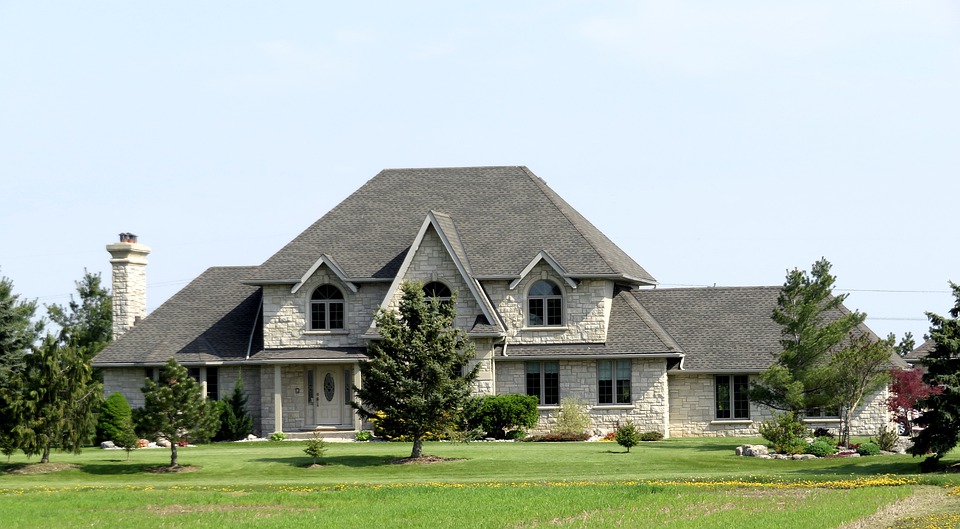
High-income suburbs in Sydney and Melbourne are among the areas tipped to rebound strongly, notching up at least 10 per cent growth on average in 2020, while lifestyle regions such as the Southern Highlands are set to languish, data from Moody’s Analytics shows.
Sydney and Melbourne are forecast to lead the nationwide recovery next year with house prices on track to rise by 7.7 per cent and 7 per cent respectively.
Marrickville, along with other suburbs in Sydney’s inner south, could report a nearly 15 per cent rise in house prices, Moody’s Analytics says.
Home values in Boroondara, Manningham-West and Whitehorse-West areas are on course to surge 15.8 per cent on average, more than double the growth expected for greater Melbourne.
Melbourne-based buyers’ agent Cate Bakos, of Cate Bakos Property, said the area had sound fundamentals to support strong growth.
“I think the area has the potential to grow as forecast,” she said.
“Local buyers have higher borrowing capacity since the rate cuts and we still have strong overseas buyer interest in these areas also.
“The area has good schools, transport links and leafy streets with character homes that continue to draw aspirational buyers.”
A similar rapid growth is predicted for Sydney’s inner south where house prices are expected to grow by an average of 14.5 per cent in 2020. Major suburbs within the area include Botany, Marrickville, Sydenham and Petersham.
I wouldn’t be surprised if the majority of Sydney suburbs grew by at least 10 per cent next year.
— Douglas Driscoll, Starr Partners
Sydney’s inner west, which includes Canada Bay, Leichhardt, Strathfield, Burwood and Ashfield, is also set for a strong rebound – house prices are forecast to rise 11.80 per cent following a drop of 8.1 per cent in 2018.
Western Sydney’s Blacktown area including Eastern Creek and Mount Druitt are on track for a growth spurt next year with house prices expected to rise by 10.9 per cent.
Sydney-based buyer’s agent Victor Kumar of Right Property Group said Blacktown’s transformation into a major commercial and employment hub as well as its proximity to the new Badgerys Creek Airport would drive robust growth in the area.
“The flow-on effect from the Badgerys Creek Airport is having a positive impact on people’s confidence in the area,” Mr Kumar said.
“There’s a lot of work happening there right now and people are starting to notice the infrastructure.”
The Blacktown Council’s pro-development stance is also attracting a large number of businesses to the area.
“A lot of businesses are moving into the Blacktown area because of the ease of getting the development approval. We’re seeing a lot of new residential and industrial, warehouse-type developments springing up,” Mr Kumar said.
Also tipped to outperform the Greater Sydney market are Baulkham Hills and Hawkesbury in Sydney’s north-west where house prices are poised to jump by 11.1 per cent next year following a 7.7 per cent slump in 2018.
House prices in the Blacktown area are predicted to jump 10.9 per cent in 2020.
Douglas Driscoll, chief executive officer of real estate agency Starr Partners, said the Hawkesbury area, in particular, was experiencing some of the best market conditions among all their Sydney offices.
“There’s a reasonable level of listings and high level of demand for family homes,” he said.
“I think the Hawkesbury area represents good value for money. It’s within proximity to commercial and job centres in Western Sydney and has excellent transport links.”
Mr Driscoll noted that Baulkham Hills was going through urban regeneration so there was still room for prices to grow in the area.
“I think an 11 per cent growth is possible. I wouldn’t be surprised if the majority of Sydney suburbs grew by at least 10 per cent next year,” he said.
“We’re currently having a bit of a listings shortage, which I think is creating an artificial pressure on prices at the moment. But there’s a massive pent-up demand so I’m expecting quite a significant growth in greater Sydney over the next 12 months.”
In sharp contrast, lifestyle regions such as NSW’s Southern Highlands and Shoalhaven are expected to drop further in value in the year ahead.
Moody’s analysts are predicting a 3.2 per cent fall in house values in the region after a 2.1 per cent rise in 2018.
In Victoria, the Hume region is forecast to slide by 6 per cent, while the Queensland outback region is expected to suffer a 25 per cent drop in house values because of the drought conditions.
Despite the lower mortgage rates, house values in greater Perth are expected to drop by 0.7 per cent next year led by the city’s north-east area.
Prices in the major suburbs within the locality that includes Bayswater, Bassendean, Mundaring and Swan are forecast to drop by 2.9 per cent on average.
Blog
Property investors should ‘design their decade’

Property investors who are looking to build wealth through the asset class are being urged to plan their property journey or risk failing, industry experts have warned.

In a recent episode of Investing Insights, Right Property Group’s Steve Water and Victor Kumar explained to investors how property investors should “design their decade” to achieve their investing goals through property.
They noted that most investors ride on this fallacy of properties doubling every seven to 10 years.
“For someone to be really successful in property investing and not end up in the 1.8 million property investors which only own one property, to be able to own multiple properties and not just own property,” Mr Kumar said.
Mr Kumar believes “life happens”, with property investors letting opportunities pass by instead of challenging themselves to be successful property investors.
“To be really successful in property investment, to actually get the fruits of their labor, there needs to be a planned progression in the journey,” Mr Kumar said.
With education about the property market, Mr Kumar believes its now “unforgivable” if investors start their property journey and do not have a property plan.
“Most investors start without a plan, but then they’re not aiming towards anything. And that’s the main message that we want to convey is that if you haven’t started with the end in mind, whatever it looks like to you, then really you’re heading towards a disaster,” Mr Kumar said.
Investors’ plans should be easily digestible, with overly complex plans failing, according to Mr Kumar.
“This is where I am, this is what needs to happen, this is where we’re heading, this is the end result and then, you flesh it out per quarter as to what’s happening with that,” Mr Kumar continued.
Finally, the property investors advocate for plans to be flexible, with rigid plans likely to fail.
Using host Phil Tarrant’s property plan as an example, Mr Kumar said: “What we’ve achieved now is probably nowhere to what the initial plan was because it’s changed because we’ve adjusted and pivoted for any market change, change in the business, change in the circumstances, and of course, as the portfolio grows, it changes, the dynamics of it”.
To hear more insights from Mr Waters and Mr Kumar, click here
Blog
‘Time to pounce’: Investors rush to beat negative gearing change

Investors are poised and preparing to pounce on established properties to safeguard themselves against changes to negative gearing in the event Labor wins the federal election.
Industry groups have expressed fears that restricting negative gearing tax concessions will cause investors to further recoil in a market already in the midst of a downturn, but in the immediate term there’s been an increase in investor inquiries.
“We are definitely seeing astute investors out there who see there’s a correction in the market place but know that getting in before a potential grandfathered [negative gearing] clause is sensible investing,” said Property Investment Professionals of Australia chairman Ben Kingsley said.
First-time investor Alex Gassner is preparing to bring forward his property purchase in the event Labor wins the federal election. Louie Douvis
Labor has vowed to abolish negative gearing on established homes if it wins the next election but will continue to allow investors to benefit from the tax concession if they buy newly built properties such as off-the-plan apartments.
The proposal to limit negative gearing to new properties would “level the playing field” for first home buyers while boosting construction to keep up with strong population growth, Labor has said.
Individual properties and shares within a portfolio could still be negatively geared provided that overall income derived from rent and dividends outweighed expenses.
Under Labor, the capital gains tax discount on investment properties would also be halved from 50 per cent to 25 per cent for assets bought after July 1, 2017.
Alex Gassner, 30, had plans to buy an investment property in south-east Queensland by the end of the year but is gearing up for a pre-emptive strike if Labor wins the election.
“I have all my ducks lined up in a row. The plan had been [to buy] in the next six to nine months, but if a door like this is going to close it’s time to pounce,” Mr Gassner said.
Buyer’s agent Jay Anderson (left) is helping Mr Gassner with his investment purchase. Louie Douvis
“You’ve got to be ready – the people who are prepared to take advantage of the rules right now will be the ones to benefit long-term,” he said.
Gassner, who lives on Sydney’s northern beaches where he runs ComplyX, a company that outsources back offices for financial advisers, is looking to purchase an older home in Queensland for about $800,000.
Buyer’s agent Jay Anderson, who is advising the first-time investor, said they were looking for an existing property with lots of upside potential and in south-east Queensland where it was more affordable and had strong interstate migration and infrastructure projects in the pipeline.
“We are looking at established homes in established suburbs … something that can be renovated or has future development potential,” Mr Anderson said.
But not all of Mr Anderson’s clients were racing out to buy property.
“In times of uncertainty, typical human behaviour is wanting to wait to see what happens. Lots of people are really cagey about buying property right now, particularly mum and dad investors sitting on a huge pile of equity which they’ve seen contract since the peak of the market,” he said.
“But more sophisticated, commercially-minded investors can see what impact negative gearing could have on their portfolio,” he added.
But even if investors want to buy in the current market, whether they can is a different story. The latest ABS figures show loans to investors slumped to a seven-year low in December, not just a result of weaker demand but also because of more stringent oversight of mortgage lending by the banks.
While the timing of the potential tax changes haven’t been made clear by Labor, in the event of an election win, it could take a while for the proposed rules to be legislated. As The Australian Financial Review previously revealed, it’s more likely the tax changes would take effect from July 1, 2020.
“I think we would see a sharp increase in investors buying … after the election but before the legislation changed,” said Victor Kumar of Right Property Group.
“And in that quarter the data would skew towards the property market ticking up but that would be a blip because it would just be a behavioural change,” he said.
While some analysts have warned Labor’s proposal would create a two-tier market by driving down the value of established homes because of reduced interest from investors, Mr Gassner didn’t think that would be an issue when it came time for him to sell his investment.
“Any rule change will have a short-term impact, but if you’re a long-term investor you can ride out those dips. And my strategy is a long-term one to build up a property portfolio.”
Blog
Westpac plans to ‘dump’ risky property investors as rates rise and returns fall
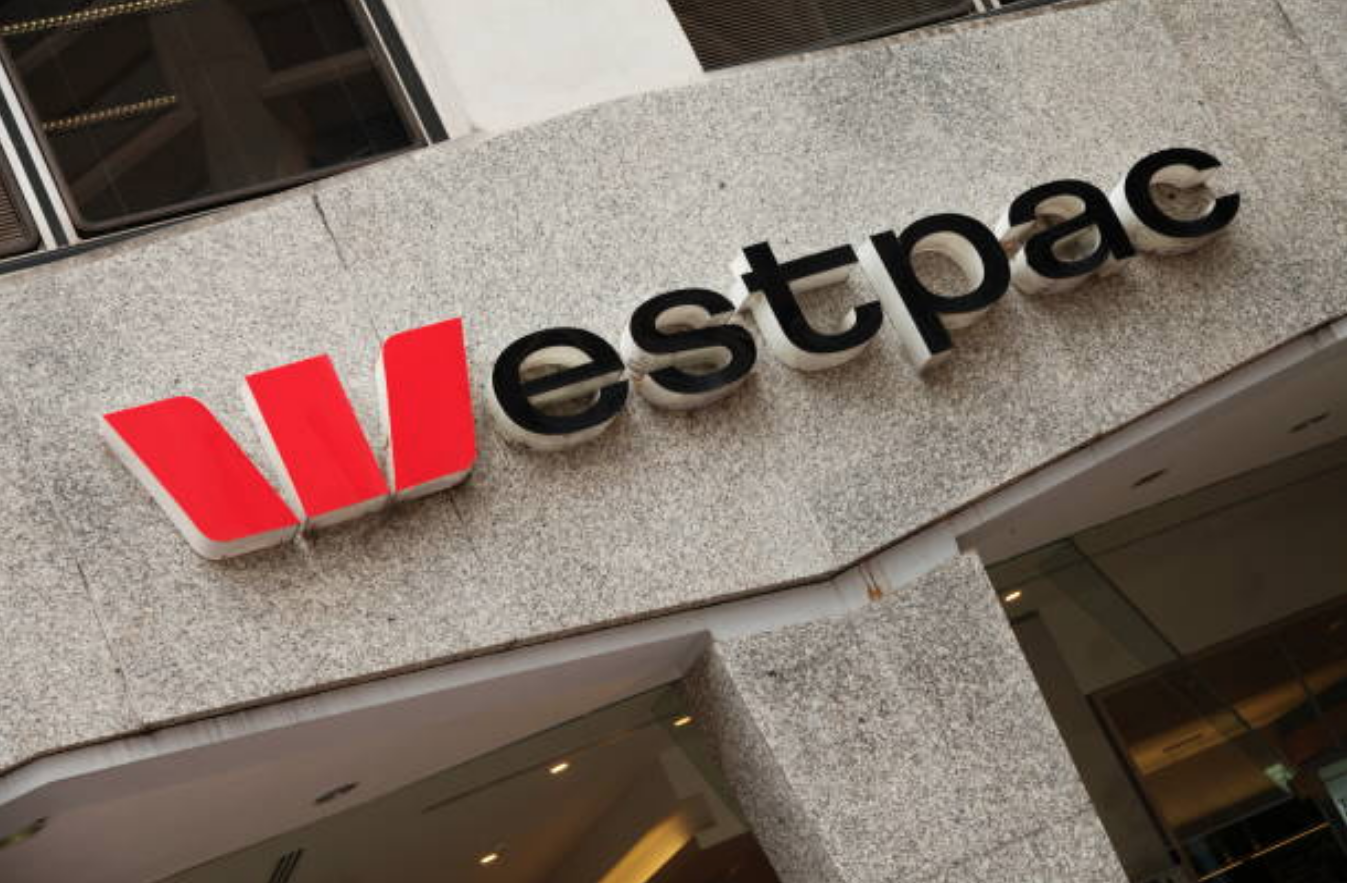
Westpac Group, the nation’s second largest lender, is giving risky property investors less than a month to find another lender amid growing concerns about the impact of rising rates, falling values and oversupply. (more…)
-

 Blog6 years ago
Blog6 years agoProperty investors should ‘design their decade’
-

 Press6 years ago
Press6 years agoBuying Interstate
-
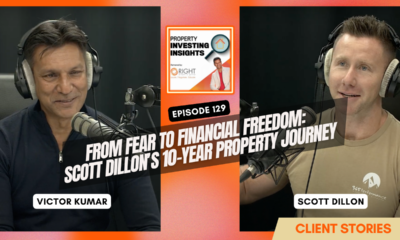
 Success Stories1 year ago
Success Stories1 year agoSuccess story | Scott Dillon
-
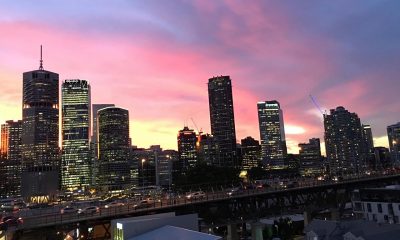
 Blog6 years ago
Blog6 years agoThe future Brisbane hotspot you haven’t heard about
-

 Success Stories1 year ago
Success Stories1 year agoSuccess story | Namrata & Vishal Marken
-

 Podcast6 years ago
Podcast6 years agoWhy investors need to be investing now during the day of reckoning
-
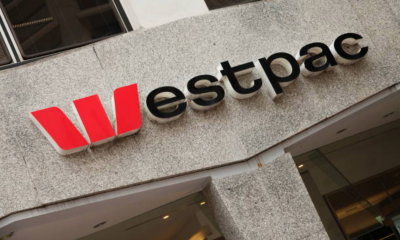
 Blog6 years ago
Blog6 years agoWestpac plans to ‘dump’ risky property investors as rates rise and returns fall
-

 Blog6 years ago
Blog6 years ago‘Time to pounce’: Investors rush to beat negative gearing change

